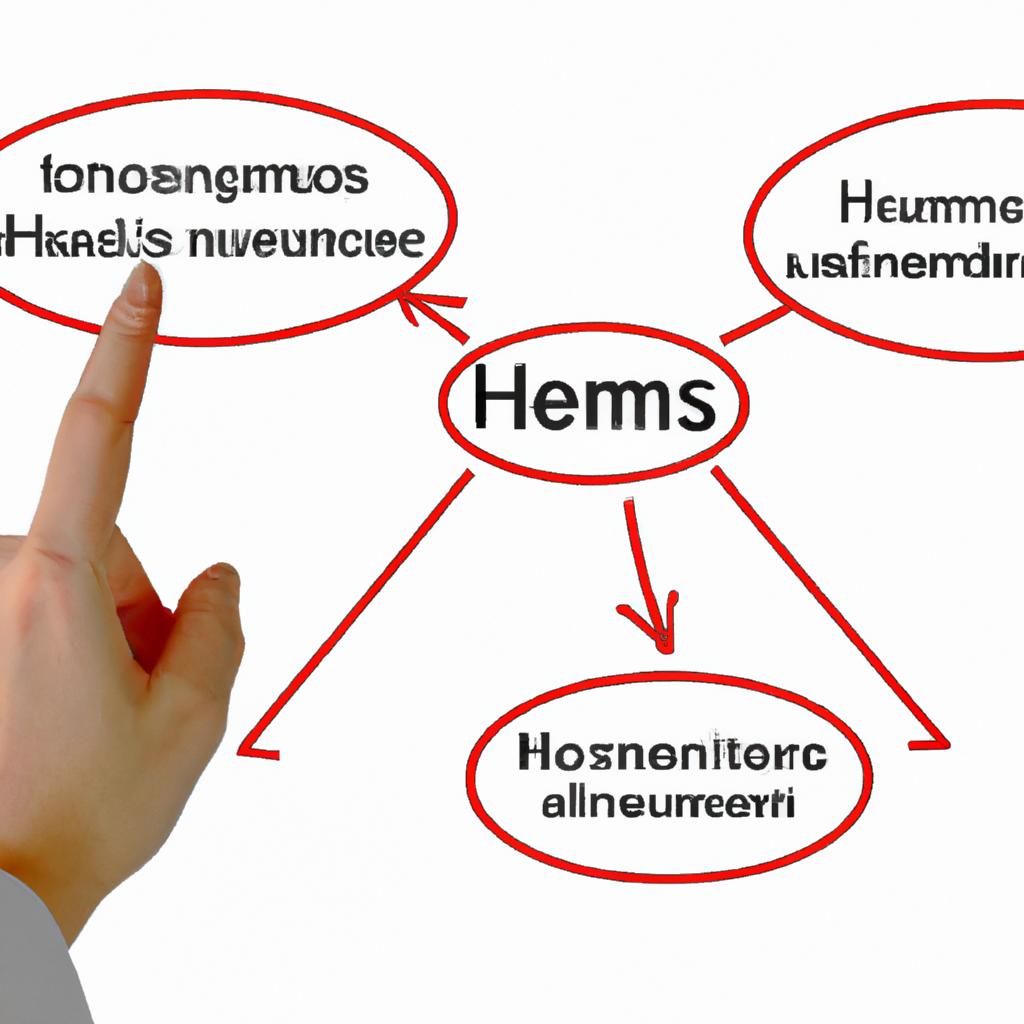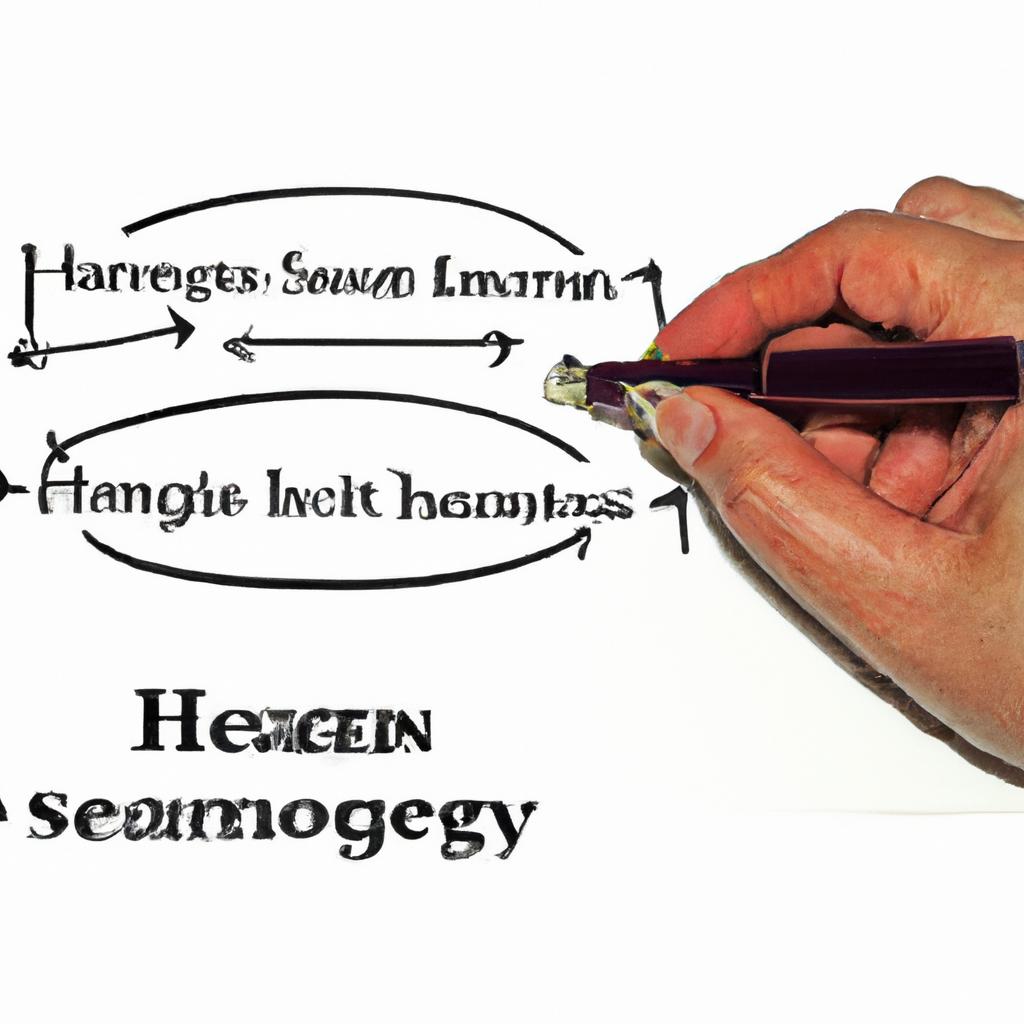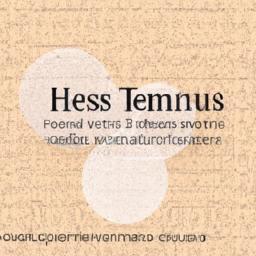In the intricate world of trust law, the term “hems” holds a significant weight and importance. As experienced attorneys specializing in estate planning and trusts at Morgan Legal Group in New York City, we understand that navigating the complexities of trust language can be daunting. In this article, we aim to shed light on the meaning of “hems” in a trust, providing clarity and insight for our clients and fellow legal professionals alike.
Understanding the Importance of HEMS Provisions in Trusts
HEMS provisions in trusts refer to the concept of “health, education, maintenance, and support.” These provisions outline specific circumstances under which a trustee can distribute trust funds to beneficiaries for the purposes of healthcare, education, living expenses, and general support. HEMS provisions are crucial in ensuring that the trust assets are used appropriately and in accordance with the settlor’s wishes.
When creating a trust, it is essential to include HEMS provisions to provide clarity on when and how trust funds can be distributed. By including these provisions, the settlor can ensure that the beneficiaries are taken care of while also protecting the trust assets from potential misuse. Additionally, HEMS provisions can help prevent disputes among beneficiaries and trustees by establishing clear guidelines for trust distributions.

Key Considerations When Including HEMS Provisions in Trust Agreements
When considering including HEMS provisions in trust agreements, there are several key factors to take into account to ensure that the trust operates effectively and in accordance with the grantor’s intentions:
- Beneficiary needs: It is essential to carefully consider the needs of the beneficiaries and determine the circumstances under which HEMS provisions may be triggered. This can include considering factors such as health, education, maintenance, and support.
- Trustee discretion: Granting the trustee discretion in applying the HEMS provisions can provide flexibility in responding to the changing needs of the beneficiaries. However, it is crucial to ensure that the trustee exercises this discretion responsibly and in accordance with the trust agreement.
| Type of Trust | Applicability of HEMS Provisions |
|---|---|
| Revocable Trust | HEMS provisions can be included to provide for beneficiaries during the grantor’s lifetime and after their passing. |
| Irrevocable Trust | HEMS provisions can offer flexibility in distributing trust assets based on the beneficiary’s needs and circumstances. |

Strategically Drafting HEMS Language for Optimal Trust Administration
In the realm of trust administration, the drafting of Highly Sensitive Expenditure (HEMS) language is a critical component that requires careful consideration and strategic planning. HEMS provisions are designed to allow Trustees to distribute trust assets for the benefit of beneficiaries based on specific criteria. By drafting HEMS language strategically, Trustees can ensure that trust funds are used in a manner that aligns with the trust’s goals and objectives while protecting the trust assets from potential misuse or mismanagement.
When drafting HEMS language for trust administration, it is essential to consider the following key factors:
- Clarity: Ensure that the language is clear and specific to avoid any ambiguity or confusion.
- Flexibility: Provide Trustees with the necessary flexibility to make distributions based on changing circumstances or unforeseen events.
- Safeguards: Include safeguards to protect the trust assets from potential creditors or external threats.

Common Pitfalls to Avoid When Implementing HEMS Clauses in Trusts
When implementing HEMS clauses in trusts, there are several common pitfalls to avoid to ensure the effectiveness and validity of the trust. One common mistake is failing to clearly define the criteria for the Health, Education, Maintenance, and Support (HEMS) standard. Without clearly outlined parameters, there may be confusion or disputes among beneficiaries regarding what expenses qualify under the HEMS clause.
Another pitfall to avoid is not regularly reviewing and updating the trust to reflect changing circumstances or laws. By neglecting to periodically review the trust, you run the risk of outdated provisions or ineffective HEMS clauses. It is essential to work with an experienced estate planning attorney to ensure that your trust is properly drafted and maintained to avoid these pitfalls and protect your assets for future generations.
Q&A
Q: What does “hems” mean in a trust?
A: “Hems” is an acronym that stands for “heirs, executors, administrators, and assigns.” It is commonly used in legal documents, including trusts, to refer to the individuals who will inherit assets, oversee the execution of the trust, manage the estate of the deceased, and have the right to transfer ownership of the assets.
Q: Why is it important to understand the meaning of “hems” in a trust?
A: Understanding the role of “hems” in a trust is crucial for ensuring that the wishes of the grantor (the person who creates the trust) are carried out effectively. By knowing who falls under the category of “hems,” it becomes easier to identify the responsible parties and their corresponding duties within the trust.
Q: Can hems be modified or amended in a trust document?
A: Yes, the designation of “hems” in a trust document can be modified or amended to reflect changes in circumstances or the preferences of the grantor. It is advisable to consult with a legal professional to ensure that any alterations to the trust document are carried out properly and in compliance with applicable laws.
Q: What happens if a trust document does not specify “hems”?
A: In the absence of a specific reference to “hems” in a trust document, the legal interpretation of who falls under this category may vary. It is recommended to clarify the inclusion of “hems” in the trust document to avoid any confusion or disputes among potential heirs, executors, administrators, or assigns.
In Retrospect
In conclusion, understanding the concept of HEMS in a trust is crucial for ensuring that your wishes are carried out exactly as you intended. By implementing this provision, you can have peace of mind knowing that your loved ones will be taken care of in the way you see fit. Remember, seeking the guidance of a legal professional can help you navigate the complexities of trust establishment and ensure that your legacy is protected. Thank you for reading, and best of luck on your estate planning journey!
 Understanding financial terminology and legal jargon can be overwhelming, especially when it comes to trust agreements. One such term that may cause confusion is “hems,” which is often found within the language of trust documents. If you are unfamiliar with the term and its meaning, it’s important to have a clear understanding to ensure you are fully informed and prepared when navigating a trust.
Understanding financial terminology and legal jargon can be overwhelming, especially when it comes to trust agreements. One such term that may cause confusion is “hems,” which is often found within the language of trust documents. If you are unfamiliar with the term and its meaning, it’s important to have a clear understanding to ensure you are fully informed and prepared when navigating a trust.
In this article, we will explore what “hems” means in a trust and why it is an essential element to consider in trust agreements. We will also discuss the role of hems in creating a trust, its benefits, and practical tips for understanding and utilizing this term effectively.
What is Hems?
Hems is an acronym for “Health, Education, Maintenance, and Support.” It is commonly used in trust agreements as a standard for defining the use of trust funds. The purpose of these guidelines is to ensure that beneficiaries of a trust have access to the basic necessities they need for their well-being.
When establishing a trust, the grantor, or the person who creates the trust, will include hems in the language of the document. This language outlines the trustee’s responsibilities in managing trust funds and how they can be used for the beneficiaries’ benefit.
What Does Hems Mean in a Trust?
Hems serves as a standard for determining how trust funds can be used for the beneficiaries’ benefit. Let’s break down what each letter stands for:
1. Health: The “H” in hems stands for Health. This includes covering medical expenses, such as doctor visits, hospital stays, and prescription medications. Trust funds can also be used to cover health insurance premiums and long-term care costs.
2. Education: The “E” stands for Education. This includes paying for tuition, books, and other educational expenses for the beneficiary. The trust may also cover additional costs such as room and board, transportation, and extracurricular activities related to education.
3. Maintenance: The “M” in hems stands for Maintenance. This covers essential living expenses, such as food, shelter, and clothing. It also includes utilities, home repairs, and other necessary household expenses.
4. Support: Lastly, the “S” in hems stands for Support. This covers any additional support the beneficiary may need, such as childcare, job training, or other essential services.
Why is Hems Important in a Trust?
Including hems in a trust is crucial for several reasons. Firstly, it provides specific guidelines for the trustee to follow when managing trust funds. Without these guidelines, there may be confusion and disagreements among beneficiaries and trustees.
Secondly, hems ensures that trust funds are used for the intended purpose, which is to support the beneficiaries. This helps prevent misuse or mismanagement of trust assets.
Moreover, hems also provides protection for the trust. If trust funds are not used for the designated purposes, the trustee could face legal liabilities. Including hems in the trust document helps protect the trustee from potential legal issues.
Benefits of Including Hems in a Trust
1. Provides Clarity and Guidance: By including hems in a trust, the grantor is providing clarity and guidance to the trustee on how the trust funds should be managed and used for the beneficiaries’ benefit.
2. Protects the Beneficiaries: Hems ensures that the beneficiaries have access to the basic necessities they need for their well-being, such as healthcare, education, and daily living expenses. This can help them maintain a standard of living and improves their quality of life.
3. Protects the Trust: As mentioned earlier, including hems in the trust document offers protection for the trustee from potential legal issues. It also helps protect the trust’s assets and ensures they are used for the intended purposes.
Practical Tips for Understanding and Utilizing Hems in a Trust
1. Be Familiar with the Trust Language: As a grantor, it is essential to be familiar with the trust language, including the term hems, and its meaning. This will help you create clear and concise language in the trust document, which is crucial for its proper execution.
2. Work with an Experienced Attorney: When creating a trust, it’s essential to work with an experienced attorney who can guide you through the process and ensure that all the necessary elements, including hems, are included in the trust agreement.
3. Communicate with the Beneficiaries and Trustee: It’s crucial to communicate with both the beneficiaries and trustee regarding the hems guidelines. This will help avoid any misunderstandings and ensure that everyone is on the same page.
4. Periodically Review the Trust: It’s important to review the trust document periodically, especially if there are changes in the beneficiaries’ circumstances or laws that may affect the trust. This will help ensure that the trust is up-to-date and aligns with the grantor’s intentions.
In Conclusion
In summary, hems is an acronym that is commonly used in trust agreements to define the use of trust funds. It is important to include this term in a trust document, as it provides guidelines for the trustee and protects the beneficiaries and the trust’s assets.
If you are creating a trust, it’s essential to understand what hems means and its role in the trust. Working with an experienced attorney can help ensure that the trust document has clear and concise language regarding hems and other important elements. Additionally, regular communication and periodic reviews of the trust can help ensure that it aligns with the grantor’s intentions and meets the beneficiaries’ needs.

